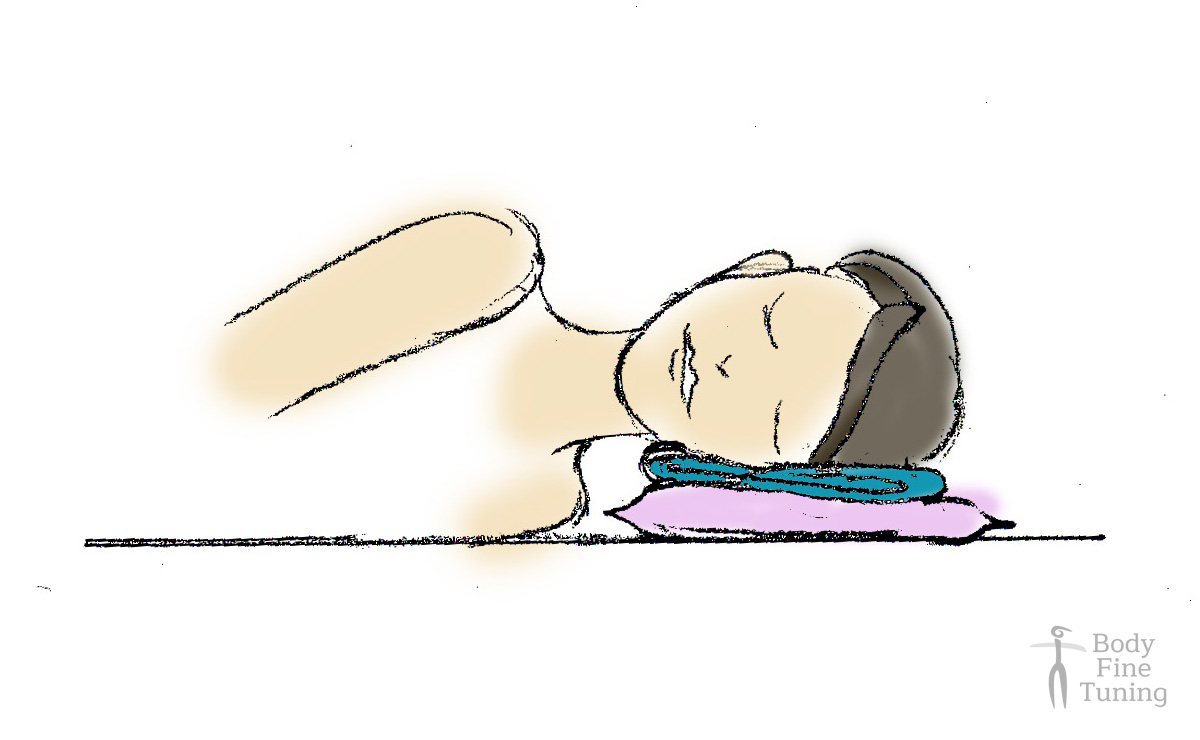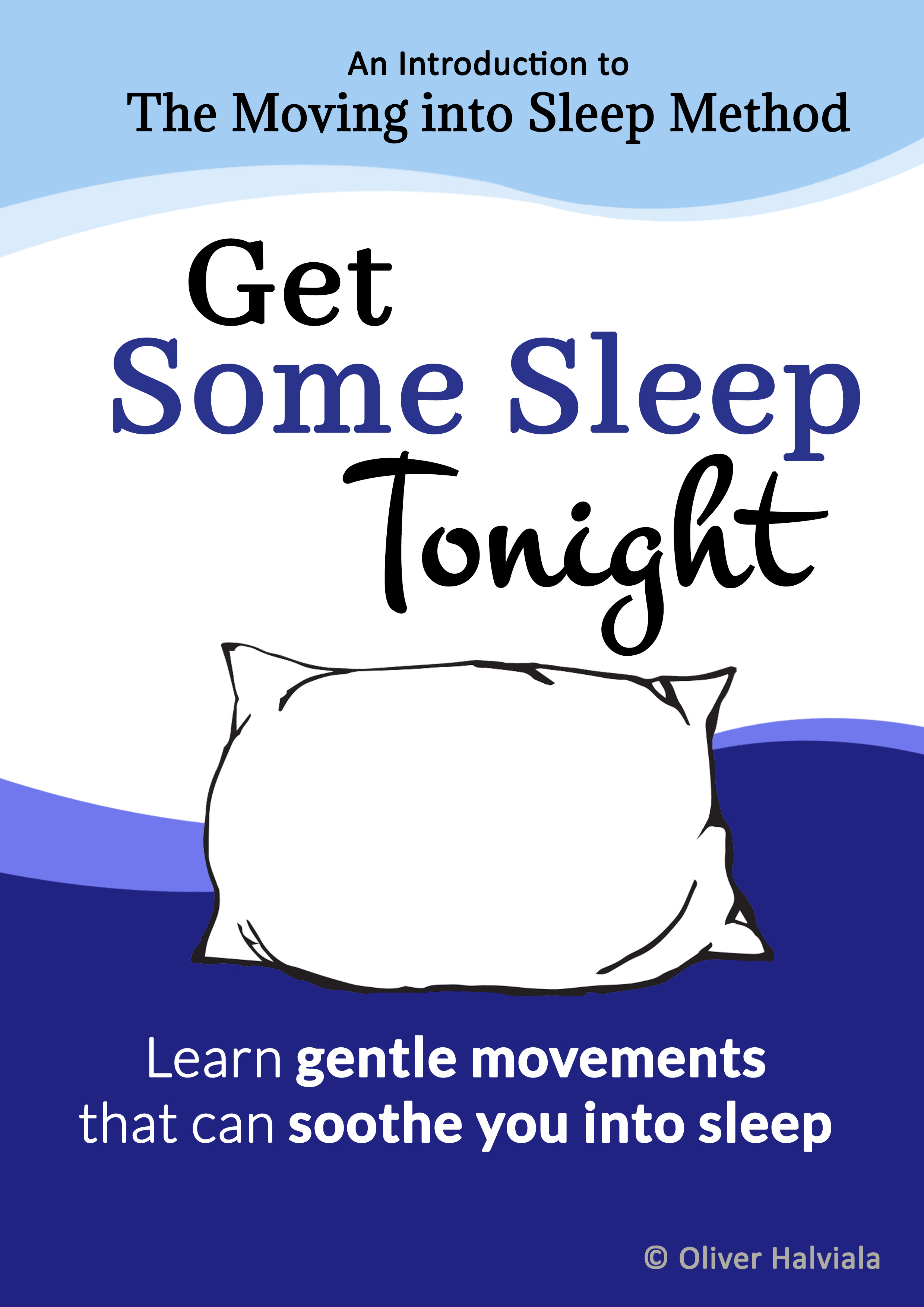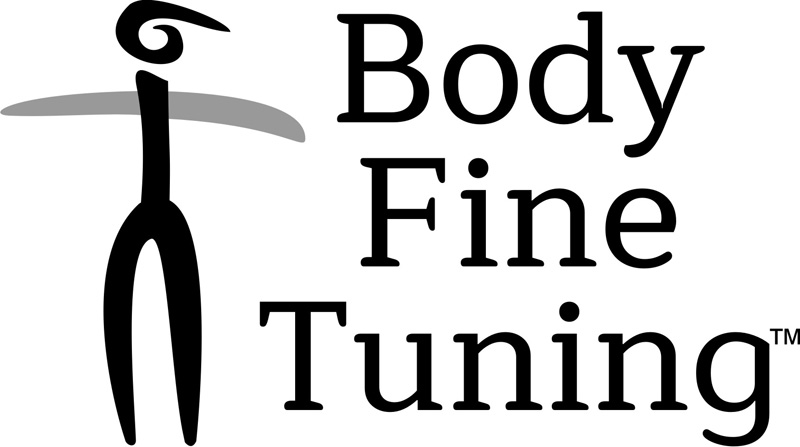Sitting Habits & Insomnia
How to Get Better Sleep After a Long Office Day
It is the combination of a static sitting posture and long periods of sitting without movement-brakes that contribute to developing many serious health issues — including insomnia.

When you sit, your body quickly switches over to a stationary ‘rest-mode', making
- Your heart rate and blood circulation become slow
- Your breathing gets slow and shallow
- Your lymph circulation become slow
- Your muscles gets bored and weak
- Your joints get under constant pressure
This all creates multiple challenges. According to research, if your day includes 7 hours of sitting, you have already up to 40 percent higher risk of developing chronic conditions and diseases compared to someone who sits only 4 hours. These conditions include high blood pressure, diabetes, weakening of the immune system, muscle atrophy, and osteoporosis, and the list goes on. How many hours do you sit daily?
Moreover, these conditions are usually pared with chronic insomnia!
What Can You Do? Exercise?
Yes, exercise helps, but surprisingly, even a daily workout cannot easily nor completely erase the harm caused by hours of static sitting. Soon, when you sit down again, your body resumes the rest-mode and you lose most of the benefits gained from any exercise.
Also, the amount of sport needed to undo effects of sitting is much: if you sit for 7 hours you should jog for one hour to maintain health levels comparable to someone sitting only 4 hours a day. And if you sit 9 hours a day, you need over 1.5 hours exercising, every day.
What Then?
As usual, the best results come from combining different solutions.
3 x 3 Ways to Reduce the Negative Effects of Sitting
3 Active Sitting Techniques
3 Tips for Movement-brakes
3 Tips to Improve Sleep Quality
3 Active Sitting Techniques
When you sit, there is no need to sit still. Shift your balance, squeeze your sit-muscles, rock your pelvis, twist your torso - be creative in finding variations to make your body move.
Sample Exercise #1 'Shifting Your Balance'
Before you start. please check the bodyfinetuning.com exercising guidelines – make gentle, small and easy movements and always stay within your comfort.
- Sit normally, rest your hands on your thighs or on a desk.
- Place your feet flat on the floor, slightly apart.
- Notice how you breathe.
- When you inhale, slowly shift your weight toward your left buttock.
- When you exhale, return to the starting position.
- Repeat 5 times, making small, soft and easy movements.
- When you are ready, rest, and notice how you feel.
- Repeat to the other direction
- The aim is to make the smallest and easiest movement possible.
- Then, continue with your work but do this simple movements often.
At first sight this seems like a simple exercise, but at a deeper level, it helps your body and brain to avoid cardiovascular, respiratory and metabolic troubles.
Sample Exercise #2 Lifting Your Heels (coming soon)
Sample Exercise #3 Turning Your Upper Body (coming soon)
3 Types of Movement-brakes
According current guidelines in UK, you should do at least 5 times a 30-minute session of moderate intensity physical exercise a week.
How to implement this into your day schedule could be a struggle.
The good news is that scientists have found out that you can get the
same health benefits by doing six 5 minute walks, one every hour across the day.
Tip #1 - Instead of static coffee break, go for a short brisk walk.
Tip #2 - Take the stairs up and down - go slowly, there is no need to hurry.
Tip #3 - Get up and walk around when you talk to someone at phone
3 Ways to Get Enough Sleep
Tip #1 – Use a Sleep Tracker Journal
It is easy to over-estimate the amount and quality of your sleep. What helps, is to use a sleep tracker journal. Read more here:

Tip #2 – Improve Your Sleep Position
One of the main issues in improving your sleep is to know how to support your head.

Tip #3 – Do Sleep-Inducing Movements
If you haven’t yet experienced how the gentle sleep-inducing movements can move you into sleep, then sign up to my newsletter and get your free copy of the eBook ‘Get Some Sleep Tonight”.
Thanks again for reading!
Oliver
